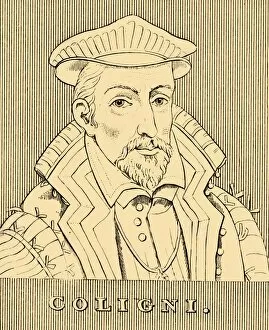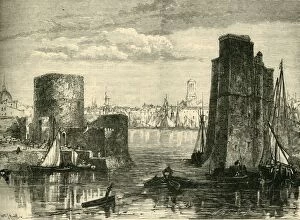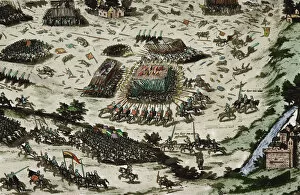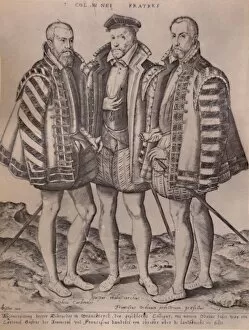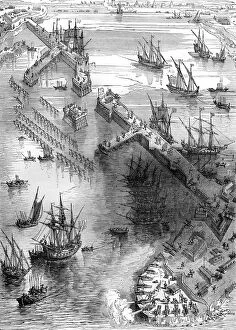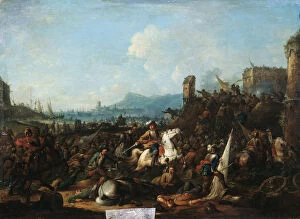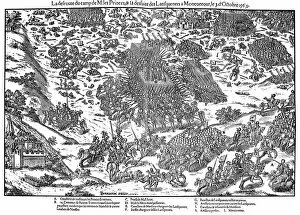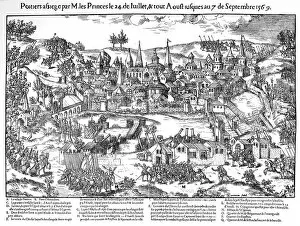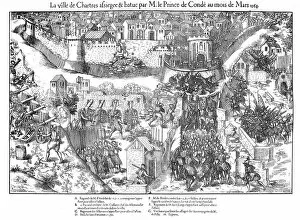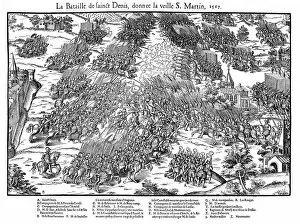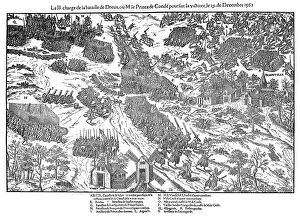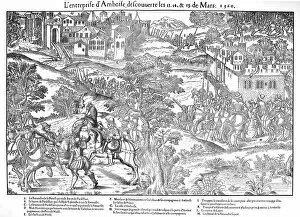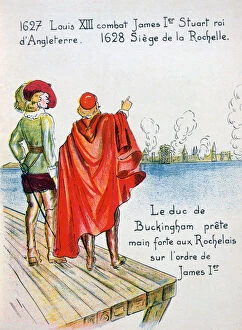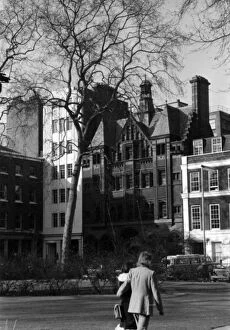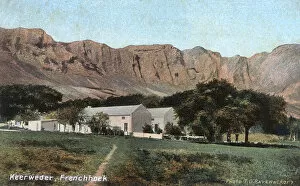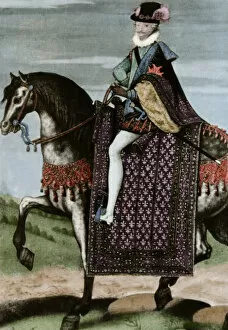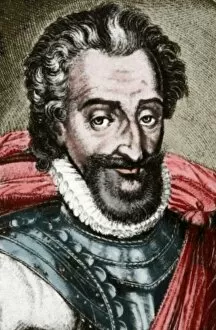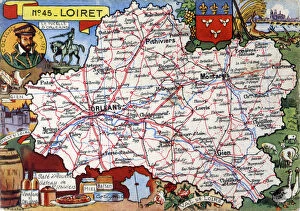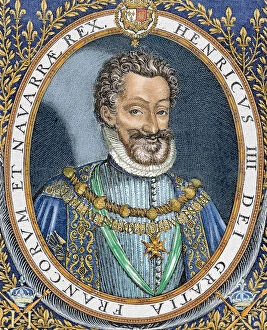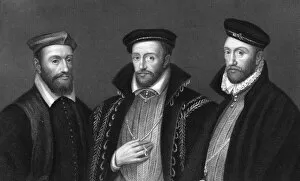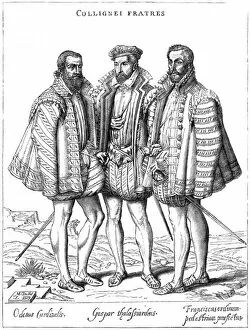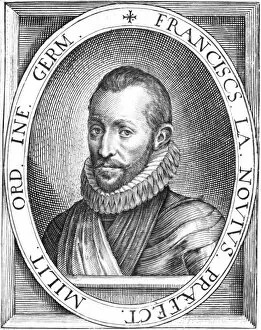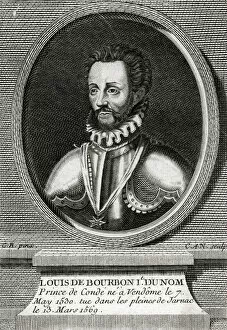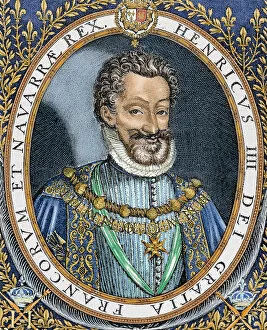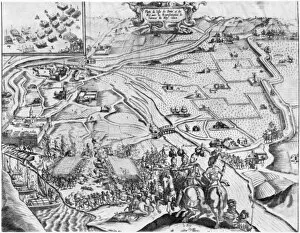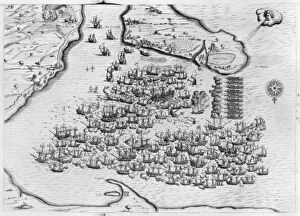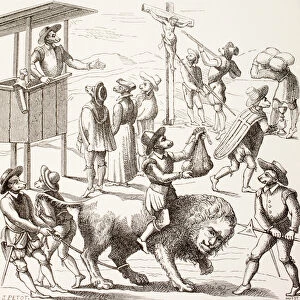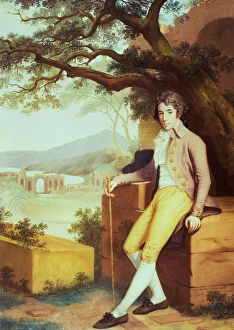Huguenot Collection (#7)
"Huguenots: A Tapestry of History and Resilience" Step into the world of the Huguenots, a group whose story is woven with threads of art, religion, and perseverance
For sale as Licensed Images
Choose your image, Select your licence and Download the media
"Huguenots: A Tapestry of History and Resilience" Step into the world of the Huguenots, a group whose story is woven with threads of art, religion, and perseverance. From William Hogarth's iconic "Four Times of the Day" series, we find ourselves immersed in "Noon, " where bustling streets come alive with life and activity. In this vibrant scene, hidden within Spitalfields' humble abode, lies the home of a skilled weaver. Here, intricate patterns are meticulously crafted by Huguenot hands - a testament to their craftsmanship and contribution to London's textile industry. But beyond these artistic endeavors lies a deeper history. The Huguenots were French Protestants who endured religious wars during 1562-1598. Their resilience shines through as they faced sieges like that of Poitiers in 1569 or Cardinal Richelieu at La Rochelle in 1628. Across time and space, artists captured glimpses into their lives. Philippe Mercier's painting "A Girl Knitting" showcases domestic tranquility amidst turmoil – an ode to the quiet strength found within Huguenot households. Hogarth returns once more with his masterpiece "Noon, " depicting scenes from everyday life interwoven with historical events such as those involving the Huguenots. This artwork serves as a reminder that even amidst chaos, life continues its rhythm. Cardinal Richelieu at La Rochelle makes another appearance but this time through an early 20th-century portrayal – bridging past and present while honoring his role during turbulent times for the Huguenots. The influence of Martin Luther cannot be overlooked either; he introduced German Protestant hymns which resonated deeply among his followers including Jan Uytenbogaert portrayed in a captivating etching from 1635. Another engraving depicts Luther defiantly refusing indulgences while Johann Tetzel, a symbol of corruption, burns Luther's writings.





